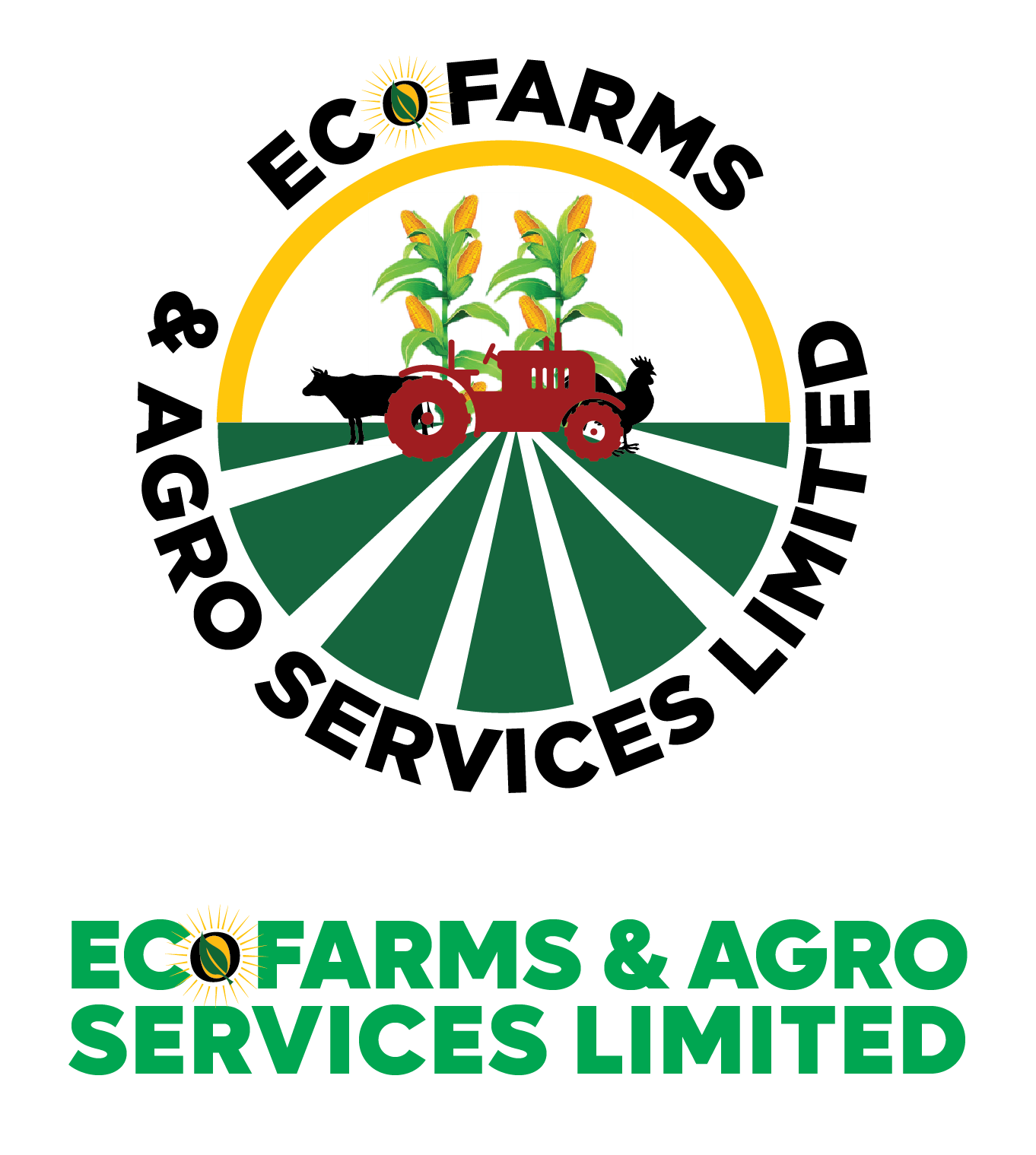# 1: Understand that the soil and ecosystem surrounding it is a living system
Soils are the cornerstone of a healthy ecosystem. The fields we cultivate are not just some lifeless dirt that we use to grow food. It’s an intelligent system of complex various biodiversity, that work in harmony to produce a continuous stream of life. It’s reflective of the productive potential of every environment. To have a healthy, and productive agricultural field free of disease, or at least with a minimal disease challenge, healthy and fertile enough to meet our nutritional needs, as a farmer you should view and address your soil as a living system. As such, the need to invest and sustain it, understand that every input introduced has a proportionate feedback on its equilibrium.
# 2: There are two kinds of Microbes in your Soil, and it is key that you Know the Difference

There are essentially beneficial microbes, and pathogenic microbes. Beneficial microbes partner with your crops and the soil to improve soil and crop health and over all drive productivity. Pathogenic microbes when the environment is conducive, express themselves in ways that are detrimental to both soil, crops, and farmers. When beneficial microbes in your soil are supported, they protect your crops from soil borne diseases and nourish your crops by synergistically aiding them to access more nutrients. Such soils are referred to as Suppressive soils. Research shows that these beneficial microbes are able to secret useful enzymes called Chitinases that can break down the walls of attacking fungi. This in turn equips your crops to be able to defend themselves from any external challenge, such as fungi, pests, extreme elements, and competition from weeds.
# 3: Most Soils Either Contain Few Beneficial Microbes, are Dormant, or are Inactive
This condition of inactivity is largely due to the detrimental agricultural practices engaged by farmers. In such a state, they are less useful to the soil. To activate their full benefit, you should engage in sustainable agricultural practices aimed at unleashing the endless benefits of these helpful microbes. They include but are not limited to:
- Crop rotation. To break the disease cycle. Disease and pests always take advantage of reoccurring crop cycles to manifest. Rotating your crops across the same crop season and yearly seasons will break such disease cycles. Importantly crop rotation also enriches the soil with more biodiversity. the more biodiverse a soil, the more resources to fight challenges.
- Consider practicing less till or no-till. This will trap more carbon in the soil (carbon sequestration) greatly benefiting the environment, soil health, and productivity.
- Adding Organic Inputs. This will overall provide a rich source of nutrients for the beneficial microbes to thrive, multiply, and generally improve soil structure, function, and quality.
# 4: Sustain the above process through every farm cycle.
To continue to enjoy all the above-listed benefits, you need to think about sustainability. The beneficial relationship between soil microbes, the soil, and crops is maintained, this sets a cycle of continuity so long as you the farmer who is the conductor understand these processes and continue to sustain them. In turn will enjoy a more robust farm and field experience, and you save on excessive use of synthetic farm inputs. In adverse situations where you must use them, you are guided by the principles of moderation and equilibrium.
Consider making the decision to embrace a disease-suppressive farm this year and going forward. Take a step today by calling us to speak to our local crop advisers to get you on a path to achieving a disease-suppressive field.



